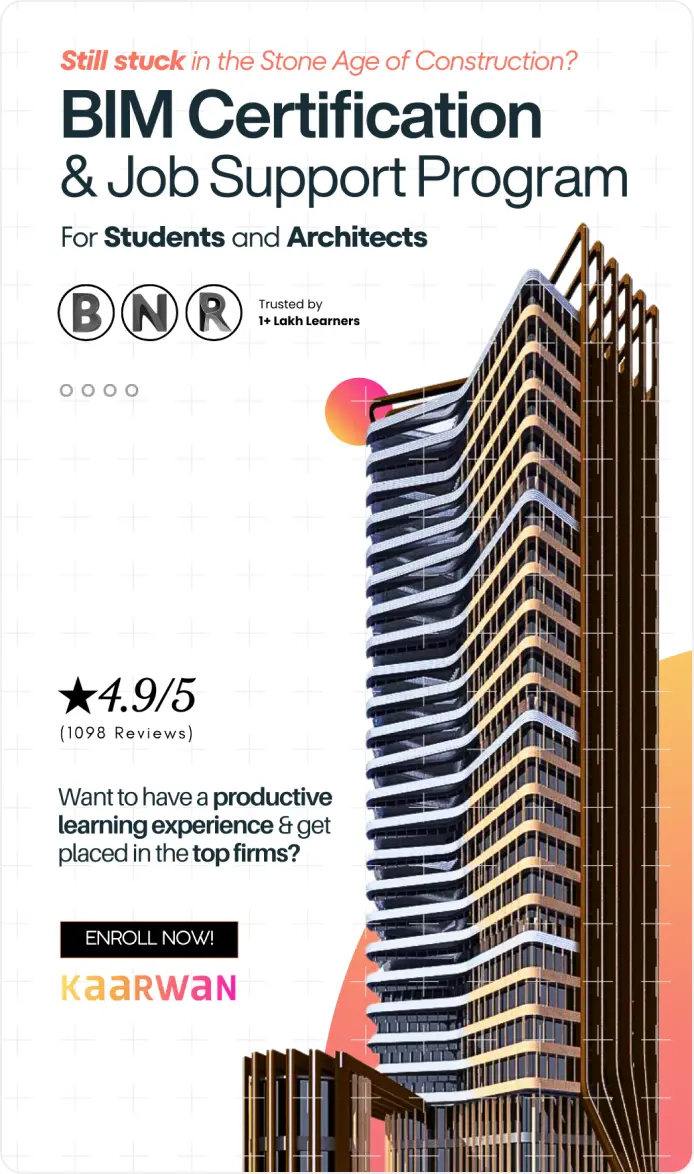Urban microclimates refer to the specific climatic conditions experienced within urban areas, which can significantly differ from those in rural environments. These differences arise from factors such as building materials, human activities, and urban design. Understanding urban microclimates is crucial for urban planners and architects who aim to create comfortable, liveable, and sustainable cities.
Analysing temperature variations, wind patterns, humidity levels, and solar radiation within urban settings, designers can make informed decisions that enhance the quality of urban life. Addressing urban microclimates ensures that cities remain resilient in the face of climate change.
The Urban Heat Island Effect
The urban heat island effect occurs when urban areas become warmer than their rural surroundings due to the replacement of natural land with heat-retaining surfaces like pavement and buildings. Reduced vegetation, increased surface temperatures, and human activities contribute to this phenomenon, exacerbating energy consumption, pollution, and health issues. Addressing the urban heat island effect is vital for creating more comfortable, sustainable urban environments.
Factors Influencing Urban Microclimates
Several factors influence urban microclimates, shaping the localized climate within cities. Key factors include:
Building Density: High building density can trap heat and reduce airflow, leading to higher temperatures.
Surface Materials: Materials like concrete and asphalt absorb and retain heat, contributing to warmer conditions.
Vegetation Cover: Trees and green spaces provide shade and cooling through evapotranspiration, mitigating heat build-up.
Water Bodies: Lakes, rivers, and fountains can cool the surrounding air through evaporation.
Human Activities: Activities such as transportation, industrial processes, and energy use release heat and pollutants, affecting local climate conditions.
Understanding these factors is essential for designing urban environments that promote comfort and sustainability.
Importance of Designing for Urban Microclimates
Designing for urban microclimates enhances comfort, health, and well-being. Thoughtful design protects against extreme temperatures, improves air quality, and promotes outdoor activities, improving quality of life. Addressing microclimates reduces energy consumption and fosters biodiversity, creating resilient urban ecosystems. Ultimately, such designs make cities more liveable, sustainable, and adaptable to changing environmental conditions.
Parametric Design Architecture in Urban Context
Parametric design architecture is a cutting-edge approach that uses algorithms and parameters to define and manipulate design elements. This method allows for the creation of adaptive and optimized structures that respond to specific environmental conditions. In the context of urban microclimates, parametric design enables architects to customize buildings and spaces to enhance thermal comfort, airflow, and sustainability.
Overview of Parametric Tools
Parametric tools are advanced design software that enable architects and urban planners to create complex, responsive designs using algorithms and parameters. These tools allow designers to input variables and constraints, generating optimized solutions for various conditions. By simulating environmental factors and testing scenarios, parametric tools help improve urban comfort and sustainability. Their innovative and efficient designs are increasingly essential in modern urban design, particularly for addressing urban microclimates.
Integrating Rhino and Grasshopper Software for Parametric Design
Rhino architecture is crucial in parametric design, offering robust 3D modelling and visualization capabilities. Its compatibility with Grasshopper enables architects to create detailed, complex models and simulate environmental conditions, essential for addressing urban microclimates. Enrolling in Rhino courses, which cover 3D modelling basics, advanced techniques, and Grasshopper integration, is vital for architects aiming to excel.
Grasshopper's visual programming interface allows designers to input parameters, generating dynamic models that enhance thermal comfort and urban liveability. Mastering these tools equips architects to create innovative, sustainable urban environments, optimizing performance and fostering effective design solutions.
Implementing Parametric Tools in Urban Planning
Implementing parametric tools in urban planning involves integrating them into the design process from the early stages. This approach allows planners to consider environmental factors and optimize designs for comfort and sustainability.
Key steps include:
Data Collection: Gathering environmental data such as temperature, wind patterns, and solar radiation.
Simulation: Using parametric tools to simulate various design scenarios and assess their impact on urban microclimates.
Optimization: Refining designs based on simulation results to achieve optimal performance.
Collaboration between architects, engineers, and urban planners is crucial for successful implementation, ensuring that all aspects of the urban environment are considered.
Design Strategies to Mitigate Urban Heat Island Effect
Several design strategies can mitigate the urban heat island effect and enhance urban microclimates. These include:
Increasing Vegetation: Planting trees, creating green roofs, and developing urban parks to provide shade and cooling through evapotranspiration.
Using Reflective Materials: Employing reflective roofing materials and pavements to reduce heat absorption and lower surface temperatures.
Enhancing Natural Ventilation: Designing buildings and urban layouts to promote airflow and disperse heat.
Parametric tools can help designers test and refine these strategies to achieve the best outcomes for urban microclimates, improving thermal comfort and reducing energy consumption.
Urban Microclimates and Public Health
Urban microclimates directly impact public health. Poorly designed areas can worsen heat stress, air pollution, and health issues, while thoughtful design promotes physical activity, reduces heat-related illnesses, and enhances well-being. Increasing green spaces improves mental health, exercise opportunities, and air quality. Addressing microclimates is essential for public health, creating vibrant, resilient communities that support residents' physical and psychological well-being.
Sustainability and Urban Microclimates
Sustainability is a key consideration in designing for urban microclimates. Sustainable design strategies include:
Energy Efficiency: Reducing energy consumption through passive design strategies, such as natural ventilation and daylighting.
Water Management: Implementing sustainable water management practices, such as rainwater harvesting and green infrastructure.
Biodiversity: Enhancing urban biodiversity through the incorporation of green spaces, urban forests, and wildlife corridors.
Parametric tools can help designers achieve these goals by optimizing designs for environmental performance, ensuring that urban environments are resilient and sustainable.
Case Studies: Successful Urban Microclimate Projects
Examining case studies of successful urban microclimate projects provides valuable insights into effective design strategies. Notable examples include:
Green Roofs: Cities like New York and Chicago have implemented green roofs to mitigate the urban heat island effect, reduce energy consumption, and enhance biodiversity.
Urban Forests: Projects such as the Bosco Verticale in Milan use vertical gardens to improve air quality, reduce temperatures, and provide aesthetic and psychological benefits.
Reflective Materials: The use of reflective materials in cities like Los Angeles helps reduce surface temperatures and combat heat build-up.
These case studies demonstrate the effectiveness of parametric tools in creating comfortable and sustainable urban environments.
Conclusion: Towards More Comfortable Cities
In conclusion, designing for urban microclimates is essential for creating comfortable, liveable cities. Parametric tools like Grasshopper and Rhino provide powerful capabilities for addressing environmental challenges and optimizing designs. By integrating these tools into urban planning and design, we can create more resilient, sustainable, and enjoyable urban environments for all.
Addressing urban microclimates ensures that cities remain adaptable to changing conditions, promoting the well-being and health of their residents. As technology and design methodologies continue to evolve, the future of urban design looks increasingly promising, paving the way for more sustainable and comfortable cities.
Learn the skills of parametric design with our Advance Rhino & Grasshopper Certification Course. Explore ways to create sustainable urban spaces and optimize designs for comfort and efficiency. Start your journey today!
Visit the Kaarwan website for more insights! 📈

